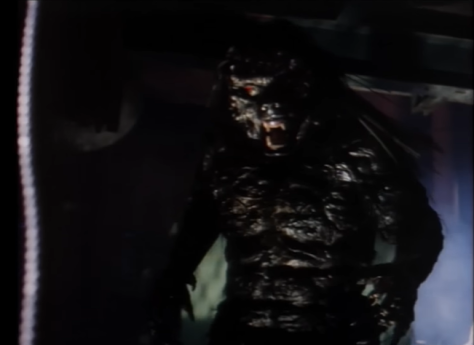
Previously—as in almost five years ago—I wrote about the sixties tokusatsu adaptation of “God of Manga” Osamu Tezuka’s series Ambassador Magma, notable not only for its connection to a major cultural figure in Japan, but for being one of the early superhero-vs-kaiju television shows (premiering a week before Ultraman in 1966), and one that was also localized into English as The Space Giants. This is all to say that the Ambassador Magma namedoes hold some historical significance, which would explain why it received a second adaptation in 1993, four years after Tezuka’s death (conveniently, the dubbed versions of all thirteen episodes are available to view on the official Tezuka Youtube channel.) Released as a thirteen-episode OVA series by Bandai Visual and the Tezuka-founded Mushi Productions (among many credited animation studios) during the boom period for direct to video animation in Japan, the newer version of Magma adapts to its era and format much in the same way the previous adaptation did—I’m sure anyone who has sampled the kind of violent, genre-heavy serials aimed mostly at fans with disposable income will recognize the animation style and rhythms of this series as well. What’s interesting to me is seeing how Tezuka’s humanistic tendencies blend with that aesthetic—which in this case translates to a mix of the grotesque and the sentimental.
Continue reading Ambassador Magma (OVA Version)




